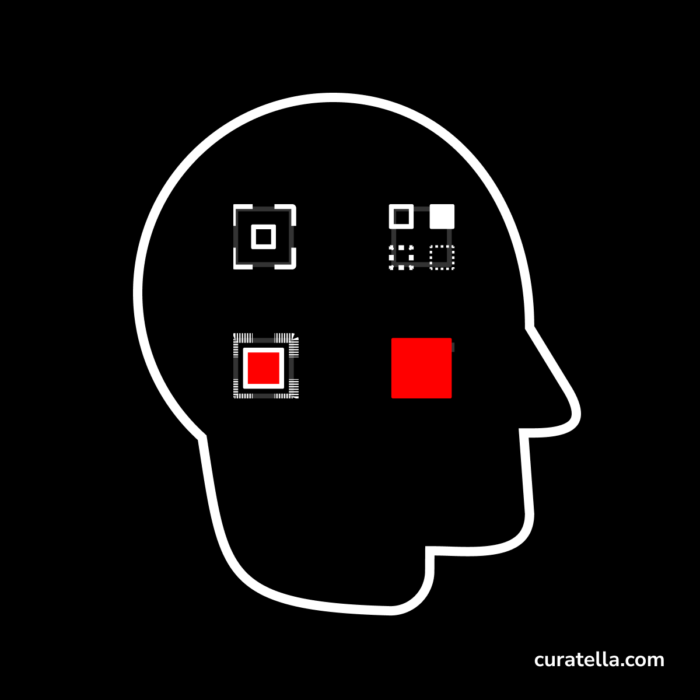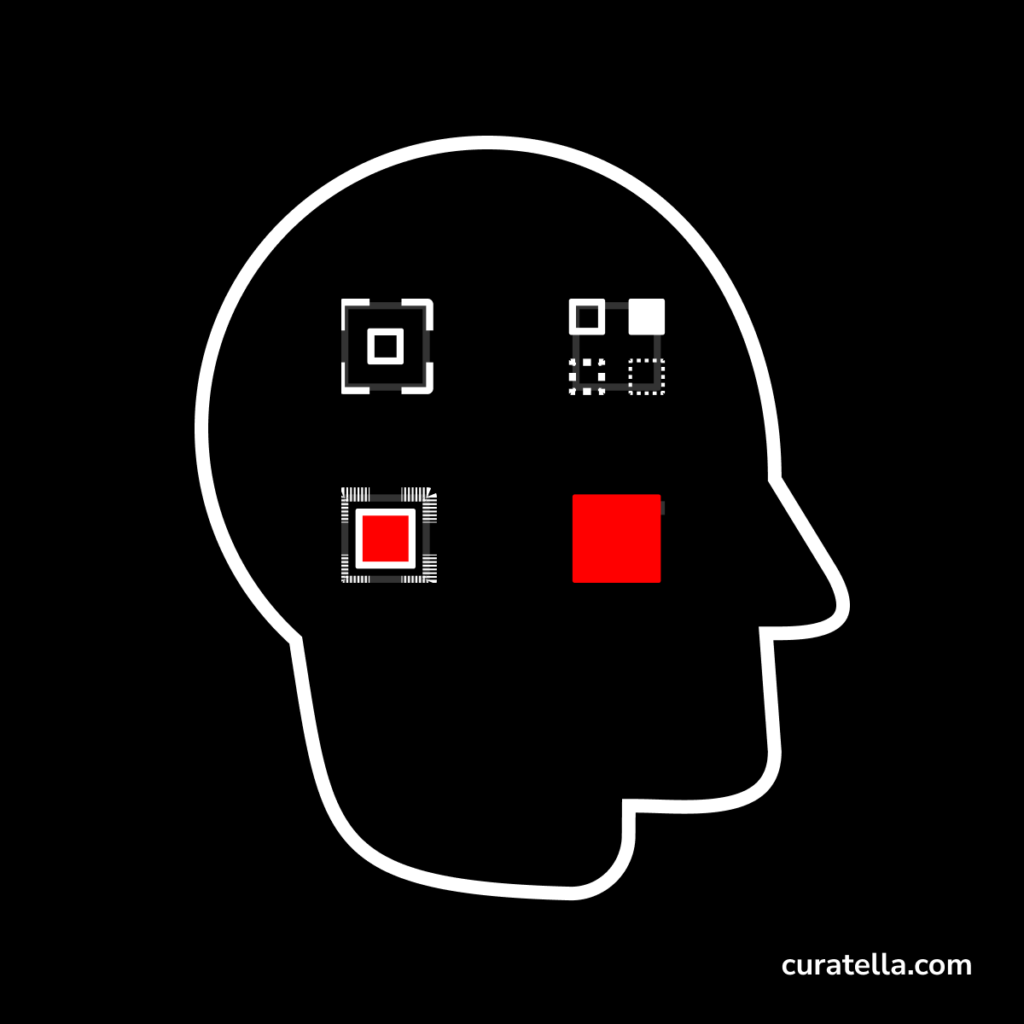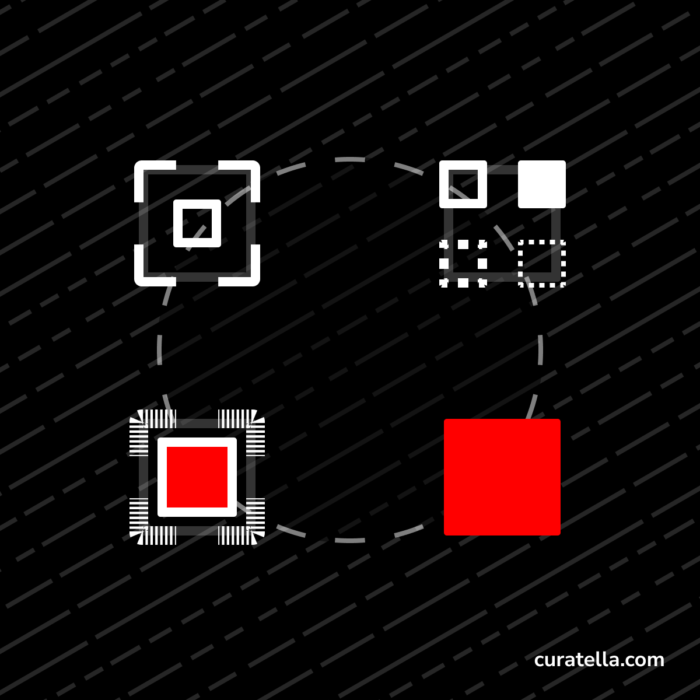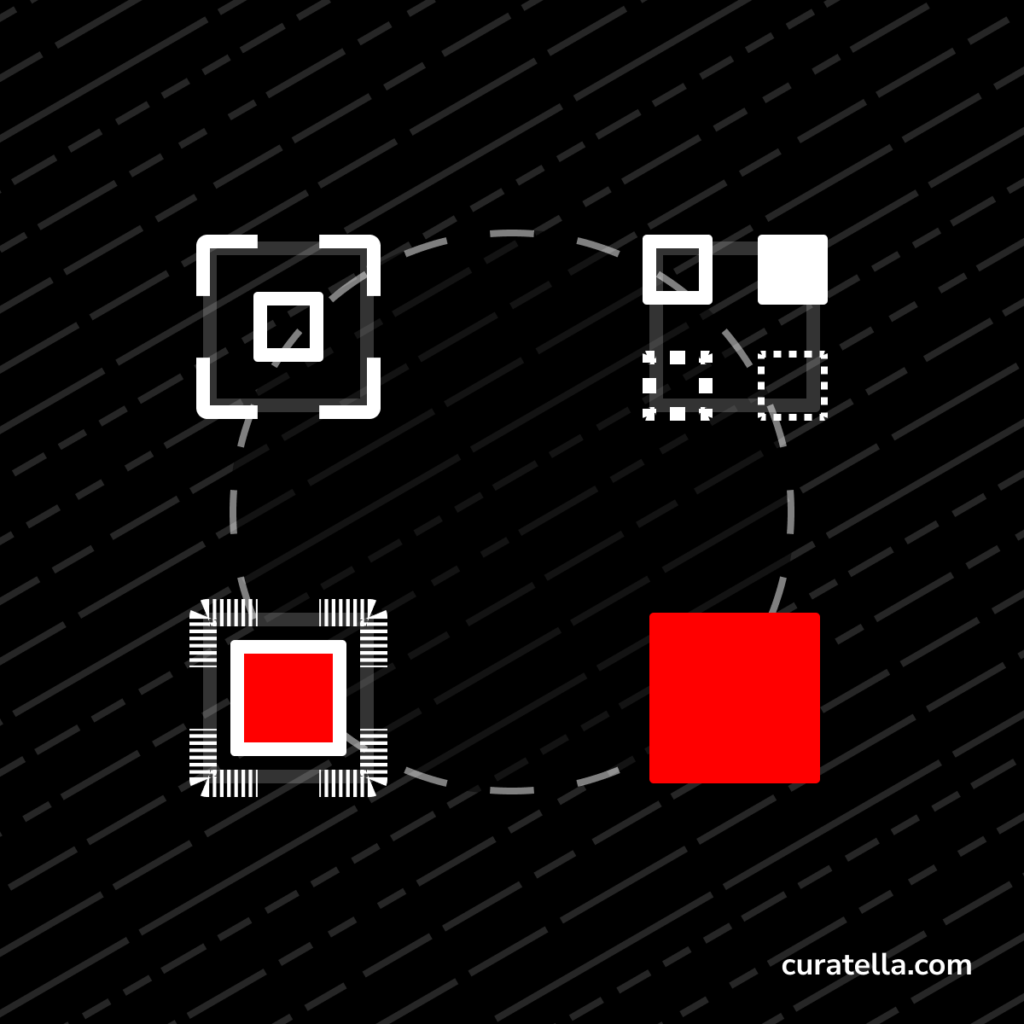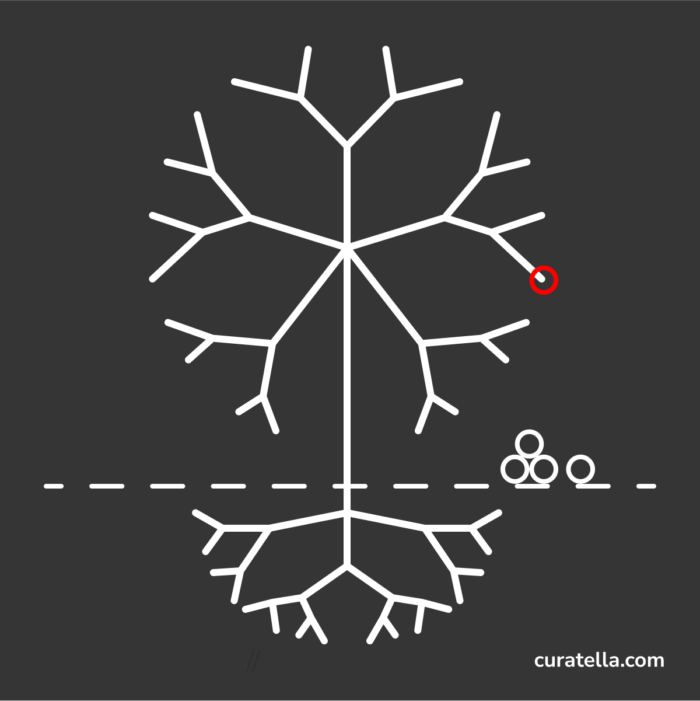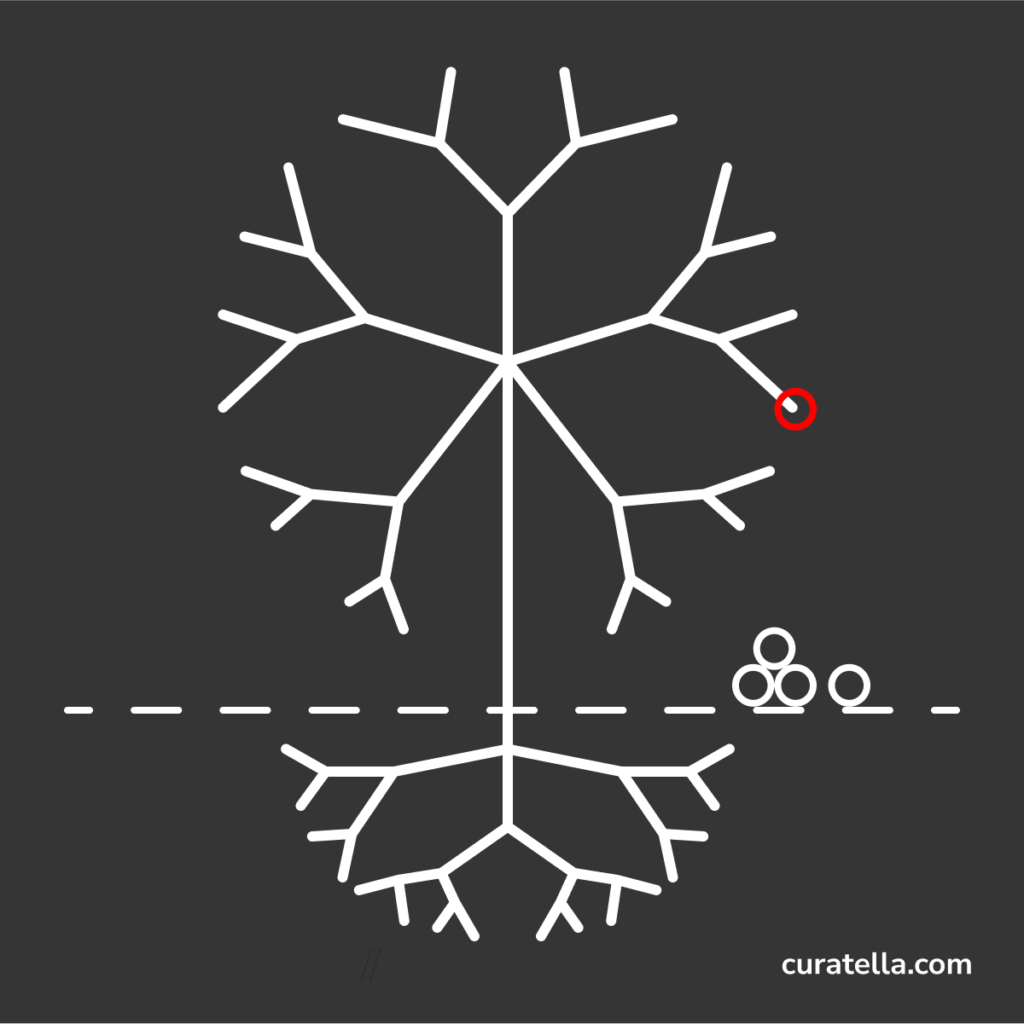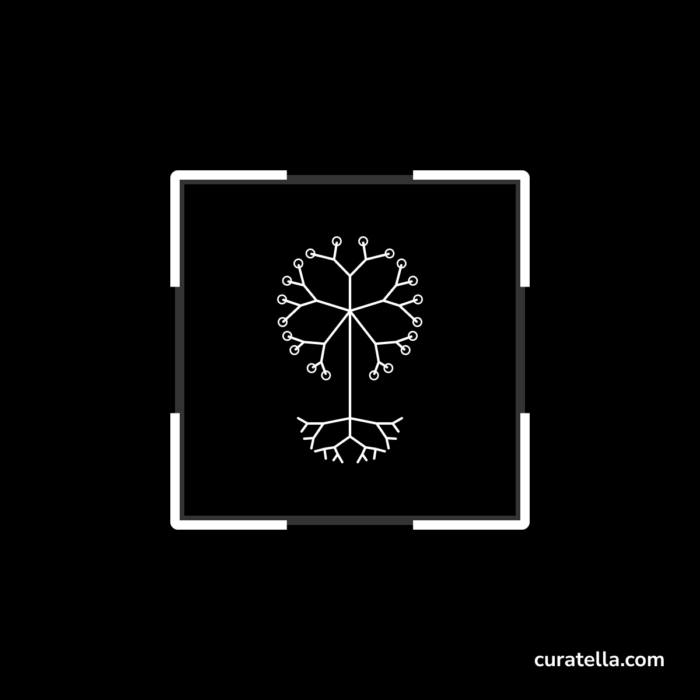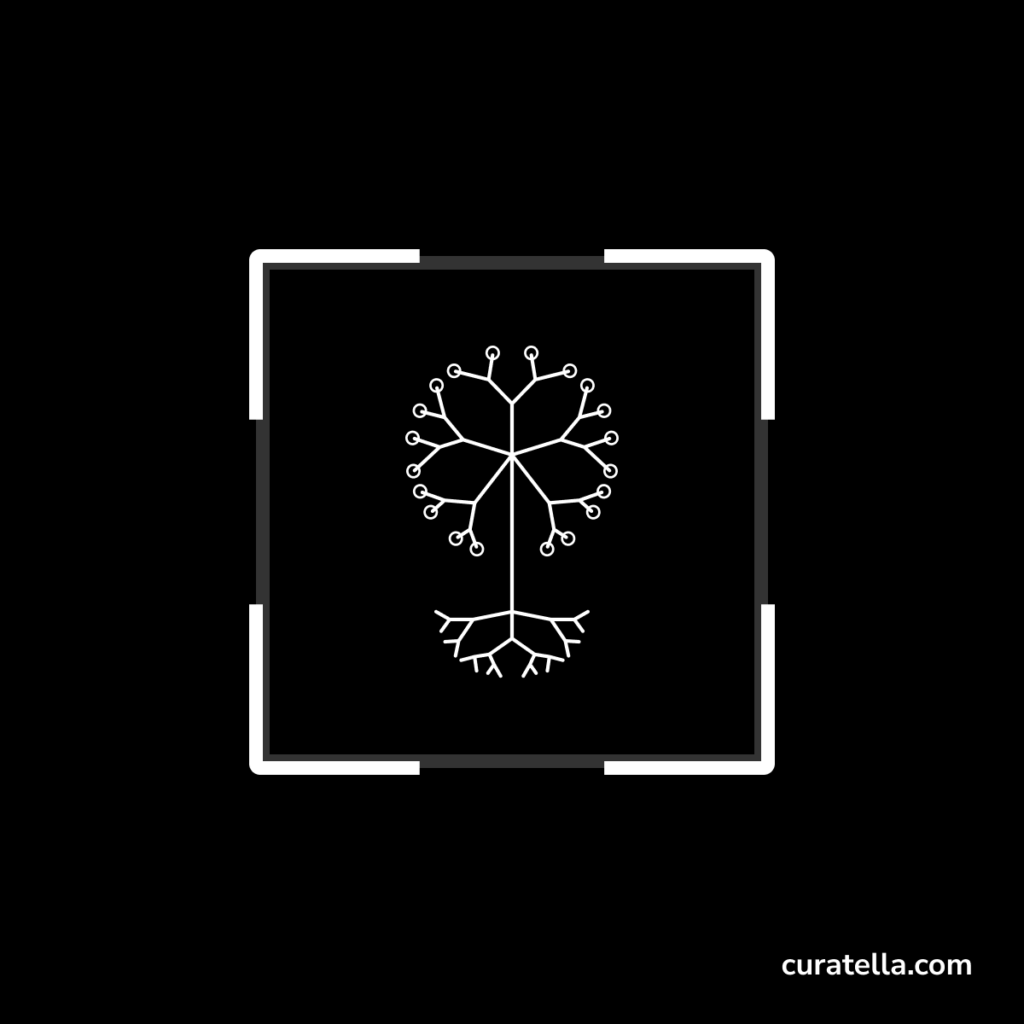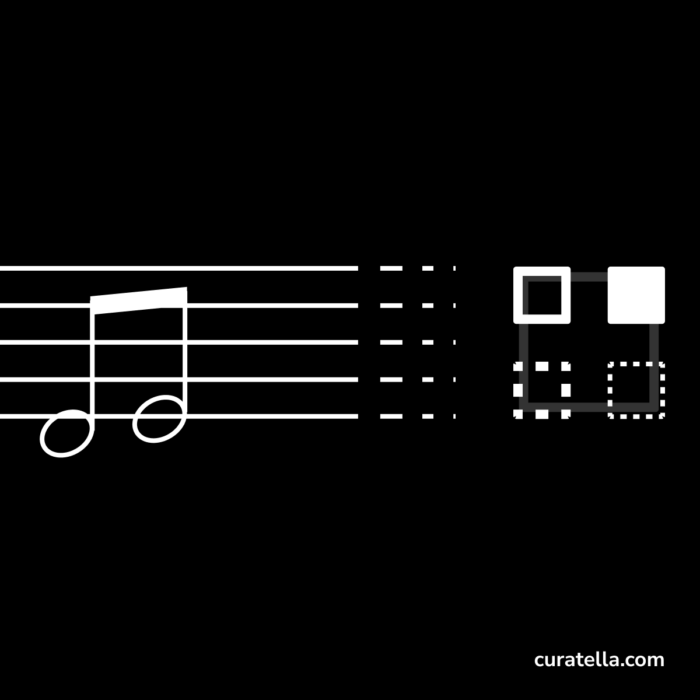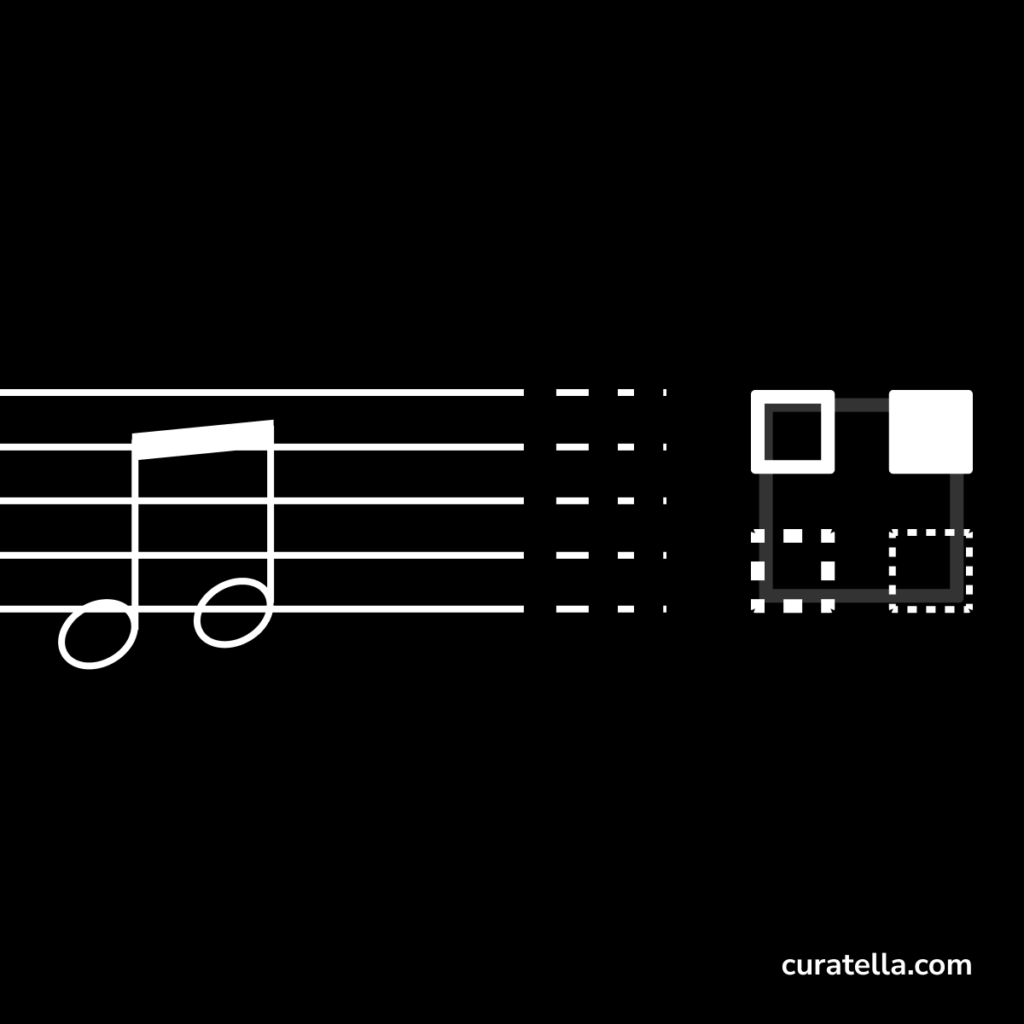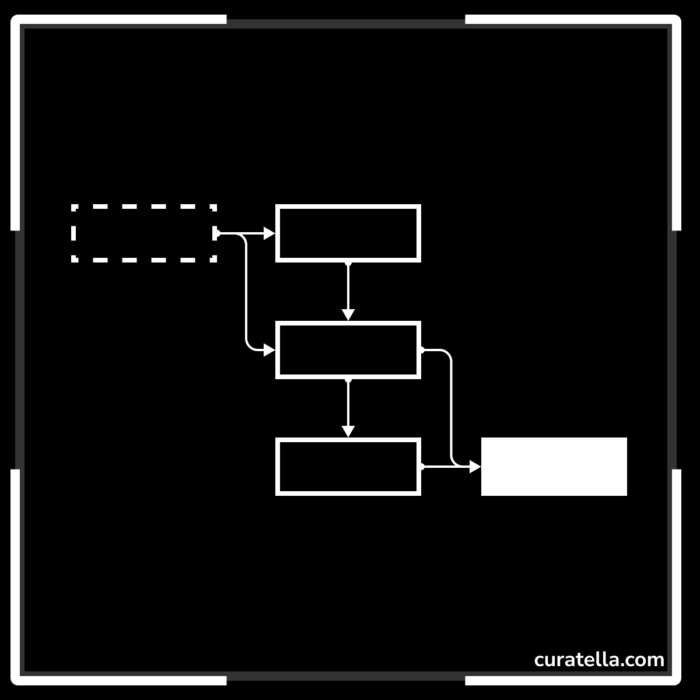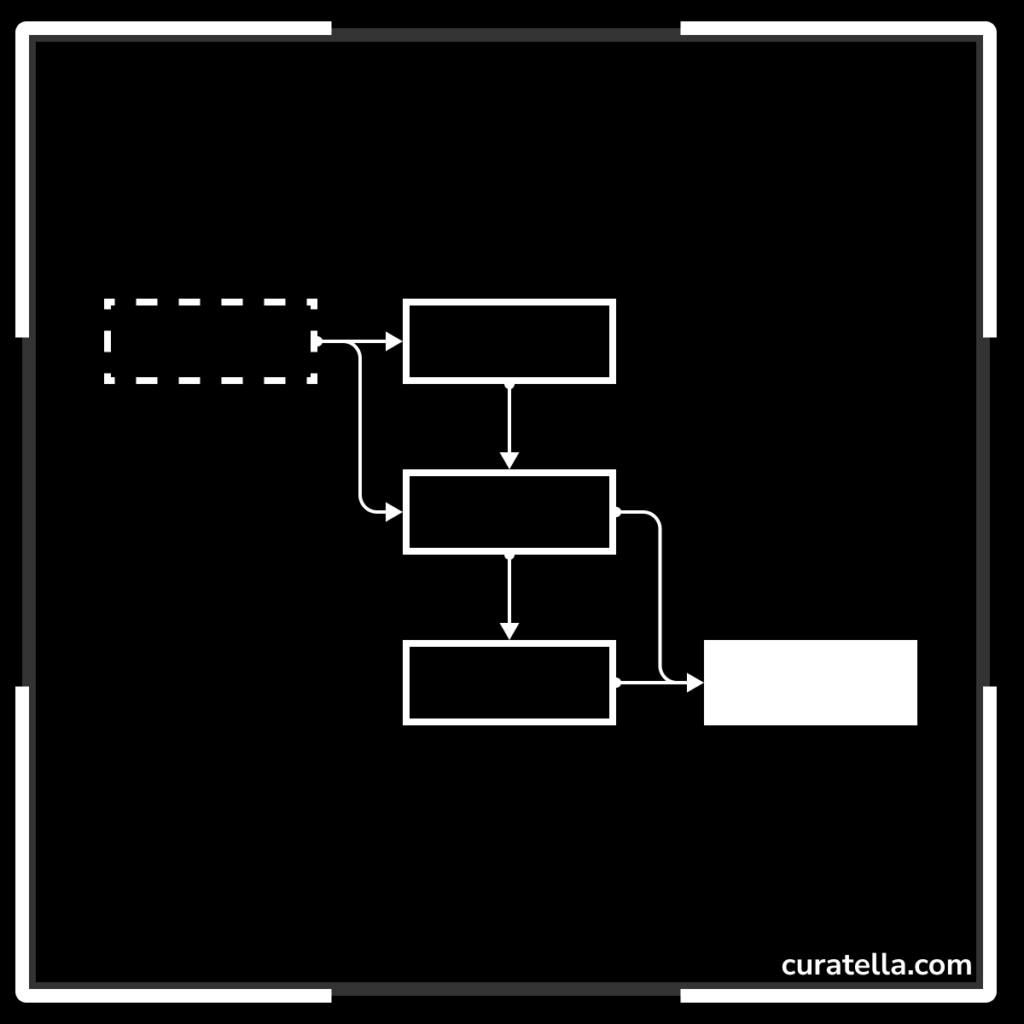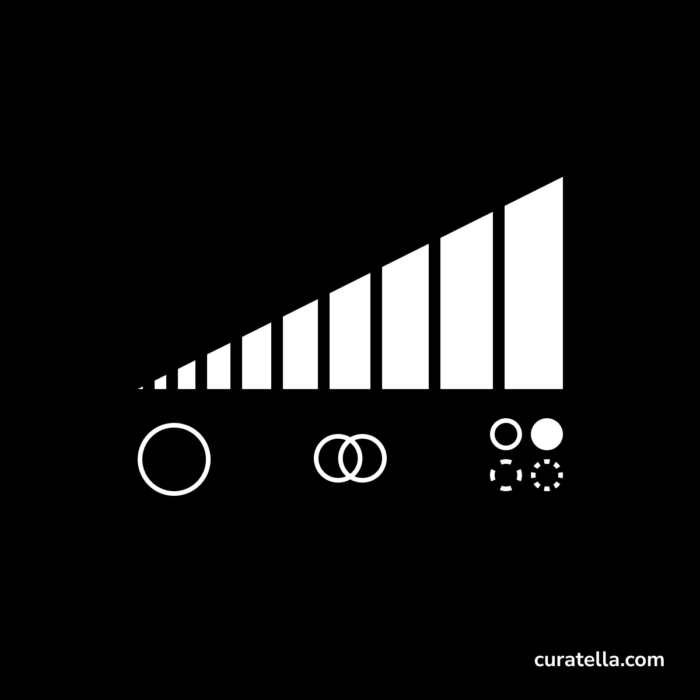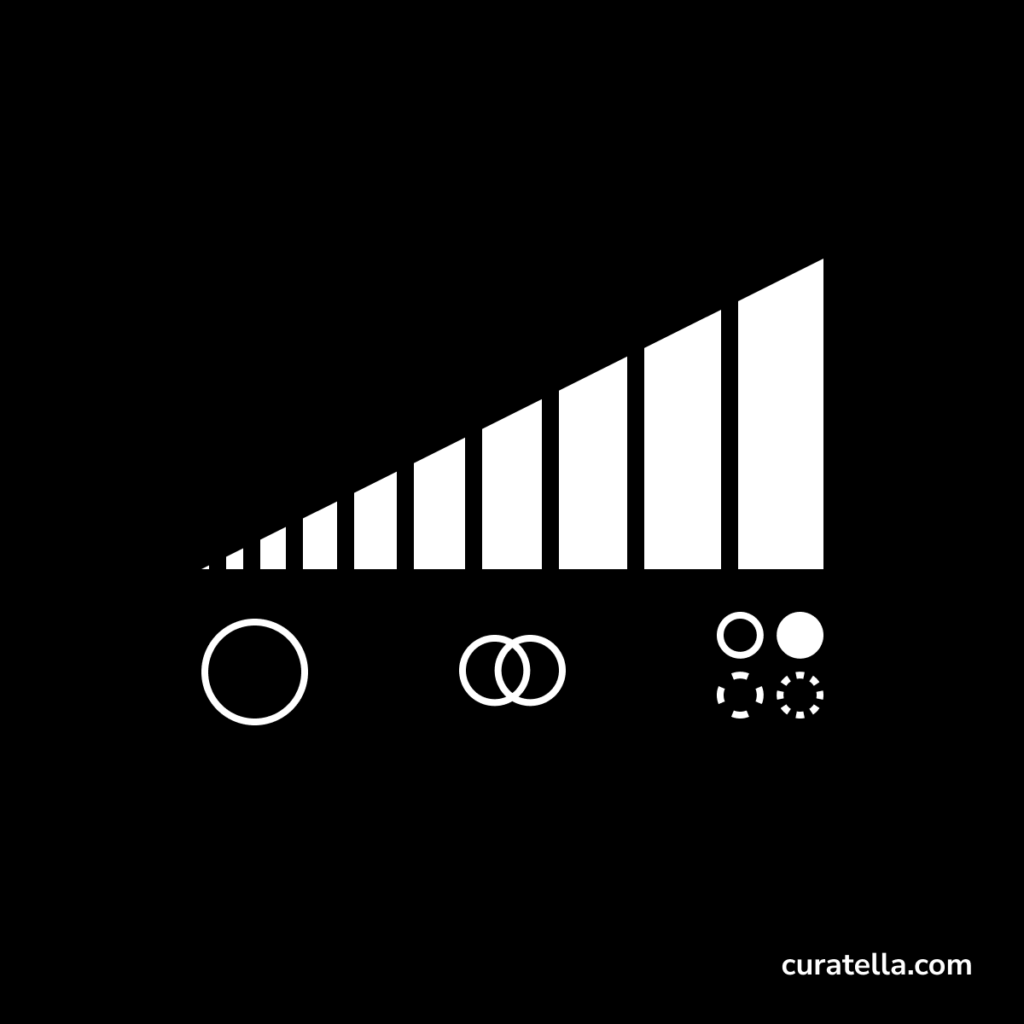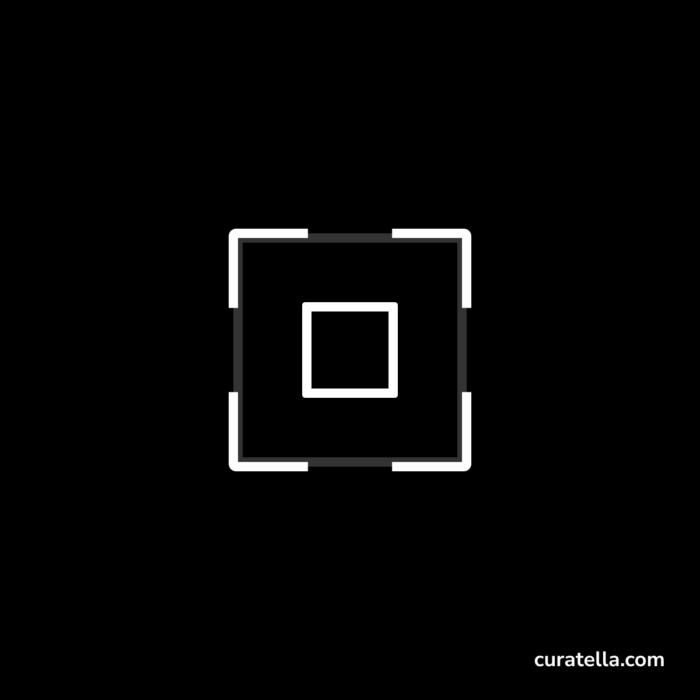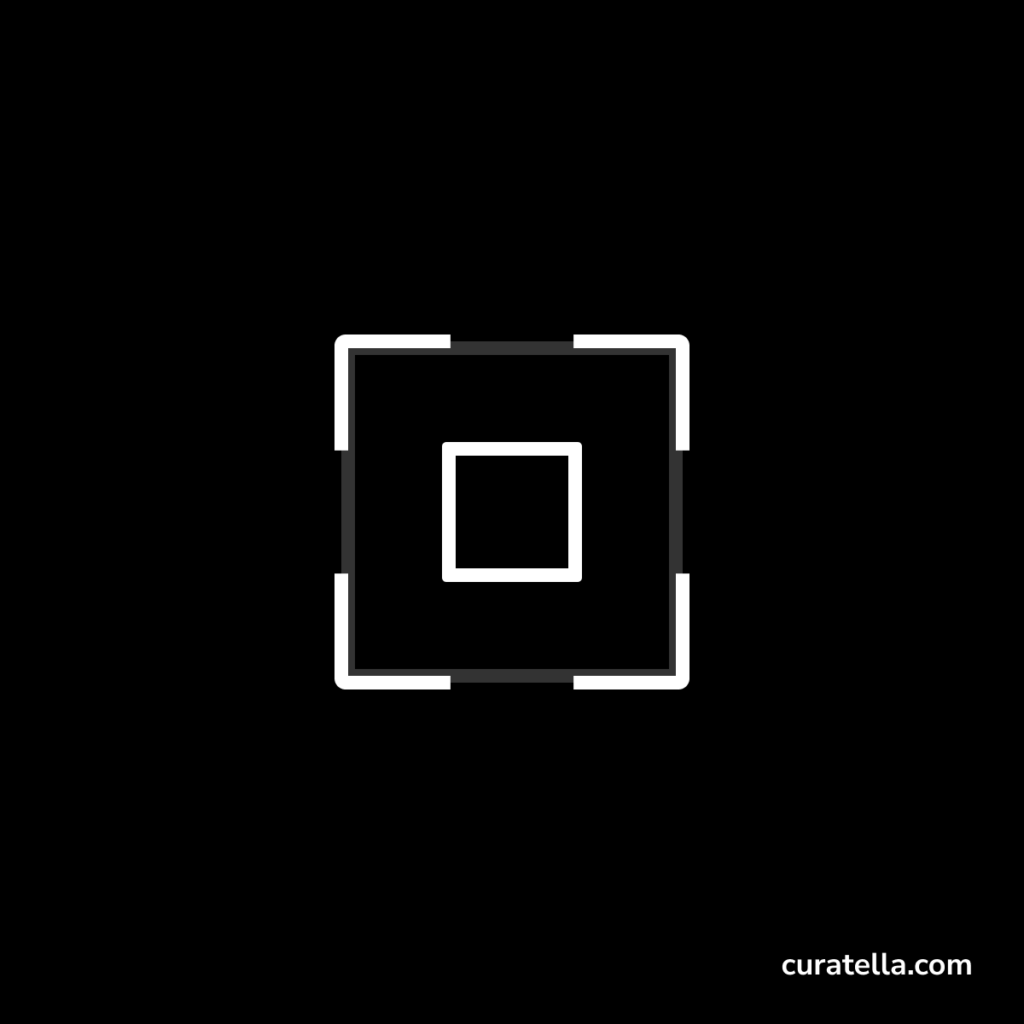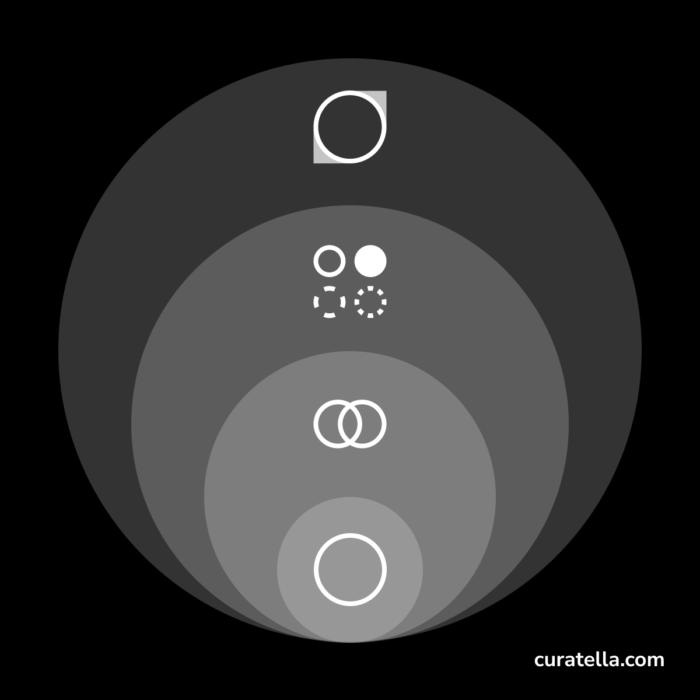The following are the reasons behind the creation and adoption of a personal knowledge management system.
To elevate yourself. To live instead of surviving.
To be better observers. When you track down the exciting things that happen in your life and put them in a place where you can find them back and connect them, you develop better observation skills.
To perform better. Because if you inform yourself about the things you want to do, you can achieve them better.
To think better. Writing is thinking. The more quality time you devote to writing, the better will be your thinking.
And so it’s also to learn, to understand. And if you know a lot and if you practice a lot, you become an expert.
Of course, I would do PKM to remember better. And by playing with chance or intention, you can discover expected and unexpected connections between thoughts and ideas. That makes you more creative.
PKM is a complex system of thoughts that allows you to understand better the complexity of the universe. So you face complexity with complexity.
Remembering better and storing your ideas allows you to connect and combine things to create. In the specific, you can have ideas to write, draw or teach.
To be more creative, you can use your PKM system to ideate. That means to generate ideas by finding patterns, by combining pre-existing ideas into new ones. So that that you can develop concepts: ideas for articles, videos, books, courses, movies, games.
If the knowledge is pertaining to your professional sphere, you might use your PKM system to work better, to collaborate better. You can not only manage better assets and people but also lead them better.
Generate well-balanced and sustainable ideas by applying your critical thinking skills. Using those ideas, you can make better decisions.
You can also be more artistic. You can capture emotions and find a way to evoke them so that you can amaze and amuse. By playing, by surprising.
You can be a better storyteller.
By having this powerful, creative tool, you can also imagine better futures by making a bit of order out of chaos and creating inspiring messes.
By embracing complexity and dancing with infinity, you can be more creative and augment your brain. Be more productive, effective, and efficient with a PKM system.
All of that will make you more intentional.
Use PKM to impact the World positively: observe, take notes of the many problems, and solve them. We can share solutions to create better futures for all.

